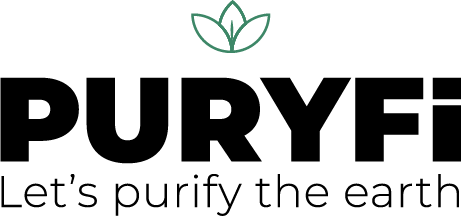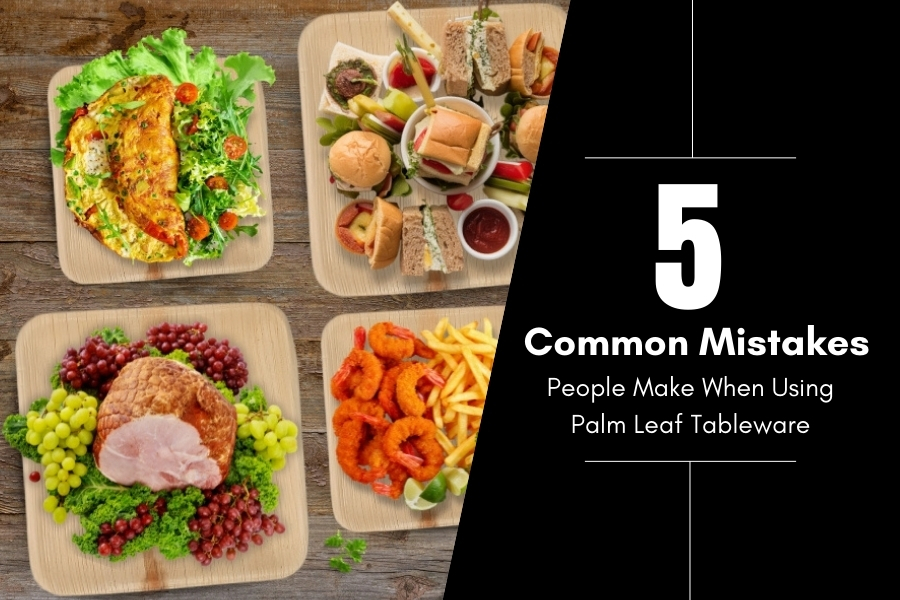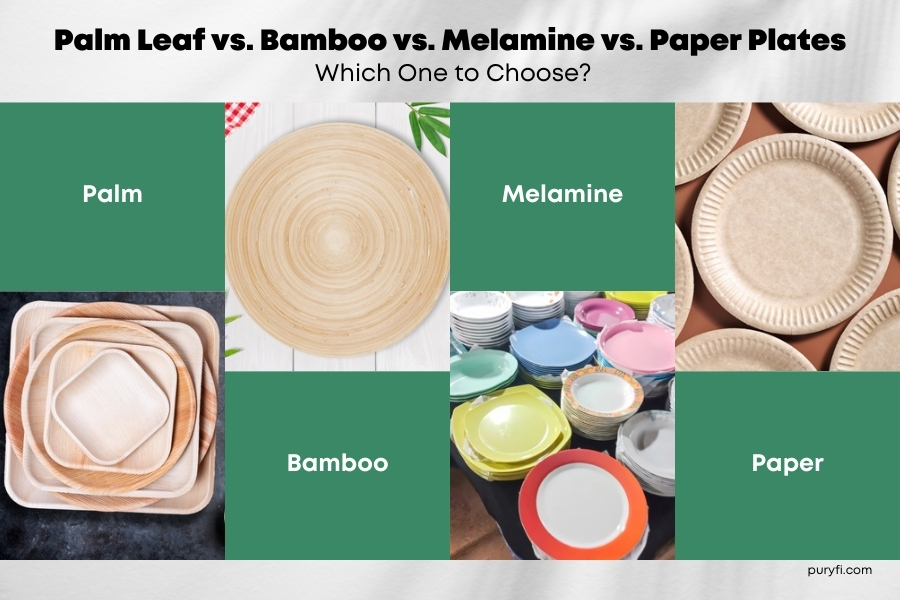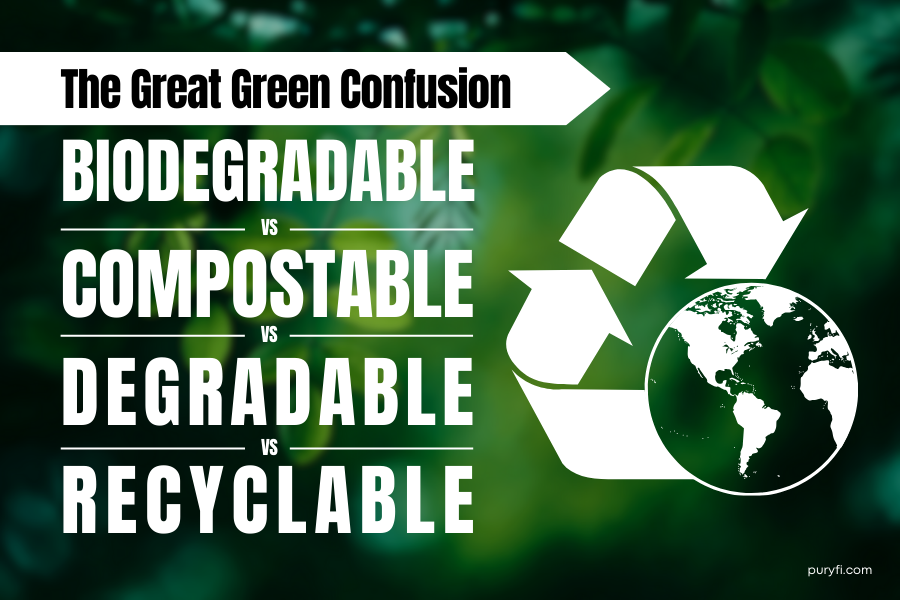
In a world increasingly focused on sustainability, terms like “biodegradable” and “compostable” are often used interchangeably. However, they refer to two distinct processes and materials. Understanding the difference between them can help you make more eco-friendly choices in your everyday life. Let’s dive into what each term really means and how they impact the environment.
What Does Biodegradable Mean?

When something is biodegradable, it means it can break down naturally over time through the action of microorganisms like bacteria, fungi, and other biological processes. However, not all biodegradable materials are created equal. Some may break down in a matter of weeks, while others may take years—or even decades—depending on the material and environmental conditions.
For example, a banana peel might decompose in a few weeks in a natural setting, while a biodegradable plastic bag may take years. This wide range of breakdown times means that just because something is labeled biodegradable, it doesn’t necessarily mean it’s good for the environment in the short term.
Key Points:
- Breaks down naturally via microorganisms.
- Time to decompose varies greatly (weeks to years).
- Does not always leave behind eco-friendly byproducts.
What Does Compostable Mean?
Compostable materials, on the other hand, go a step further. When something is compostable, it not only breaks down but also turns into nutrient-rich soil, often referred to as “humus,” which can be used to enrich plant growth. Compostable items decompose at a much faster rate than biodegradable items when placed in the right environment—typically in a compost pile or industrial composting facility, where conditions such as heat, moisture, and oxygen are carefully controlled.
One key difference between biodegradable and compostable materials is that compostable products must meet specific environmental standards. For example, they must break down within a certain timeframe (often around 90 days) and should not leave behind any toxic residue.
Key Points:
- Breaks down into nutrient-rich soil.
- Requires a specific composting environment.
- Meets certain time and environmental safety standards.

HOW DOES IT MATTER?
Both biodegradable and compostable products are more environmentally friendly than traditional plastics and non-recyclable materials, but compostable items are generally the greener choice. Compostable products break down quickly and enrich the soil with valuable nutrients, whereas biodegradable items can take years to decompose and might still pose environmental risks.
The decision between the two largely depends on how the product will be disposed of. If you have access to a composting facility or a home compost bin, compostable products are the best option. However, if composting isn’t available, biodegradable items can still be a more sustainable alternative to plastic, as long as they break down within a reasonable time.
Biodegradable vs. Compostable: Which is the Better Choice?
Look for clear labeling: This is the primary thing that you can do while shopping for eco-friendly products!Almost all the products will have certification marks that tell you whether they meet the required standards for biodegradability or compostability. For example, compostable items often have certification like the BPI (Biodegradable Products Institute) logo, indicating they meet stringent composting criteria.
Here are a few tips to keep in mind:
- Check for certification: Look for compostable certification logos if that’s what you’re after.
- Consider disposal options: If you don’t have access to a compost bin or facility, a biodegradable product might be the better choice.
- Read the fine print: Just because something is labeled “biodegradable” doesn’t mean it’s environmentally friendly in the short term—especially if it’s made of plastic.
Conclusion
Understanding the differences between biodegradable and compostable materials is key to making informed, eco-friendly choices. While both are better alternatives to traditional plastics, compostable materials often provide a greener solution by breaking down quickly and enriching the soil without leaving harmful residues. Biodegradable items, on the other hand, can still be a sustainable option, though their environmental impact depends on the material and conditions.
When choosing between the two, consider your disposal options and look for clear certifications to ensure the product meets your environmental goals. By making thoughtful decisions, you can contribute to a more sustainable future and reduce your ecological footprint.




